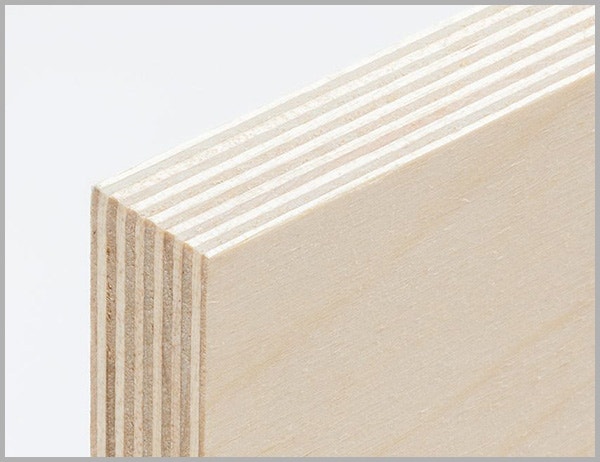Stopping Tearout on Veneered Plywood?
How do I stop my saw blade from ripping out veneer when I'm cutting along the saw line of my project? I'm using 1/2 and 1/4 inch birch, and I can only get a clean cut on one edge of the board. I have asked around here, and they tell me to use masking tape. Still does not do the job. Any suggestions? - Fred Hoehn
Rob Johnstone: Well, there is a lot of information that I would like to know in order to answer this question — so I am going to state my assumptions regarding the situation and answer accordingly. I am going to assume that you are using a table saw and that the plywood you are using is of reasonable quality. First off, there are saw blades that are specifically made for cutting plywood without chipping out the veneer. I know that they are not cheap, but if you cut a lot of plywood, they are worth the cost in my opinion. The next thing you need to do it to check the alignment of your fence to your saw blade. Your blade needs to be perfectly parallel to the fence. (Some folks think the fence should "tow in" — it should not.) Another important detail is to use a zero clearance insert on your table saw. Shop-made or store-bought are both equally good, but the tighter it fits to the saw blade the better to avoid tearout.
My next advice is something that some woodworkers do not agree with, but it is how I do my work. When cutting plywood with fragile veneer, I raise the saw blade up rather high, so the teeth slice nearly straight down as they cut through the stock. Even so, keep your guard on the saw and your fingers far away from the blade.
If all that sounds like too much fuss and bother, you can always get at least one perfect edge on the plywood if you take the time to score the cut using a straightedge and sharp knife. Align the blade so the teeth are perfectly in line with the cut fibers, and there will be no tearout.
Alternatively, using a radial arm saw makes this much trickier. The problem comes from the fact that the power head simply cannot be as rigidly constrained as a table saw and fence situation. You may never get to the tearout-free result you desire with the RAS, but here are some suggestions that will really help. First, use a saw blade with at least 60 teeth, and it would be better if it was 80 teeth. Second, make your cuts very, very slowly. Third, check to make sure your saw head is properly aligned and the saw is not skewed to the cut. And lastly, have a fresh new surface under the cut, so that the kerf your blade is making fits tightly, as with a zero clearance insert in a table saw. Hope this helps!
Chris Marshall: Fred, it might be time for a fresh blade with more teeth that are designed for slicing veneer cleanly. Whether you are cutting your plywood with a table saw or a circular saw, this is not a job for a "contractor" quality blade. Today's "high ATB" (alternate top-bevel teeth) saw blades do an extremely good job of cutting clean edges, in my experience. Select one with a high tooth count (more than 40), and prepare to be impressed. Here's another suggestion: clean the blade you're currently using and try again. The pitch and burned-on deposits add friction in the cut, and that can lead to poorer edge quality, too. One final thought: if all of these suggestions fail, you could try to score the surface veneer along the cutting line first with a sharp utility knife, then saw it. Some veneer, like the splintery surface of Baltic birch or lauan plywood, just can't be tamed easily, particularly when you cut across the grain of the top veneer. But, slice it manually first, and that can make a big difference. Then, when you saw the plywood, be careful to line up the cut so the edge of your blade's teeth on the "keeper" side of the cut follow the knife line.
Tim Inman: There are many things to try. Let me just hit on a couple of the more obvious ones - and the ones I think will have the greatest chance to fix your problem. First, use a zero clearance insert in your saw. Make one from wood if you're handy. Buy a commercially made one if you're not. Second, use a blade that is right for the job. The better the blade, the better the cut. A carbide ripping blade with as many teeth as you can afford will do the best cut with the least tearout. I use an ATB carbide blade that is a combination cutter most of the time. It does a spectacular job for me on virtually all cuts. If I'm doing something very very special, I mount a special purpose blade. Most of the time, though, my old reliable ATB 40-toother cuts everything from studs to fine furniture wood without leaving a ragged or chipped edge.
Keep the inspiration coming!
Subscribe to our newsletter for more woodworking tips and tricks




